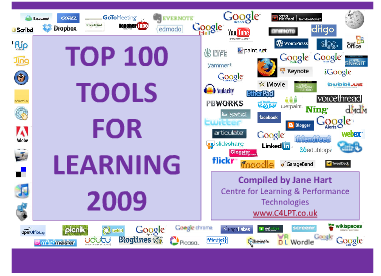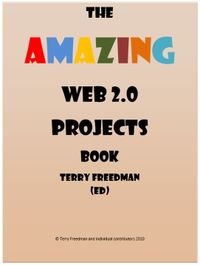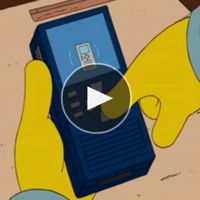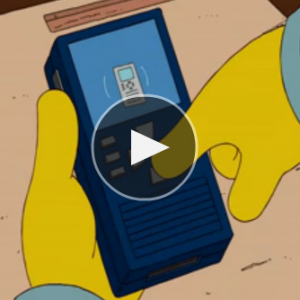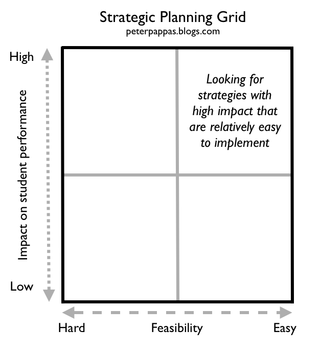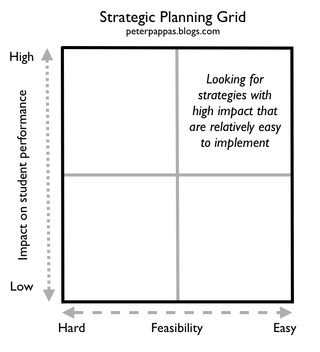
How is your educational technology being used? Teacher in front of the class lecturing on the smartboard? Or are students using ed tech to analyze, evaluate and create in ways that were not previouslypossible. I’ve written about one example, Wordle, a free Web 2.0 tool that enables students to interpret, qualify and visualizes text in new ways.
Another powerful data visualizer is the Motion Chart. It’s a dynamic flash-based chart that explores multiple indicators and visualizes growth over time. Gapminder World has assembled 600 data indicators in international economy, environment, health, technology and much more. They provide tools that students can use to study real-world issues and discover trends, correlations and solutions. Here’s Gapminders’s Hans Rosling showing how teachers and students can use the free Gapminder Desktop to develop there own motion charts using Gapminder data.
To download a free version of Gapminder Desktop and access more educational resources go to Gapminder for Teachers. If you would like to build motion charts using your own data visit Google Gadget Motion Chart. (It’s the engine behind Gapminder.) Motion Chart is a free gadget in Google Spreadsheet. In Motion Chart you can convert your data-series into a Gapminder-like graph and put it on your web-page or blog. All you need is a free Google-account. More info on Motion Chart
New educational technology does not automatically improve the quality of instruction. We have all sat through dull PowerPoint presentations that were as “mind-numbing” as an overhead. Our return on technology investments may not be tracked in test scores that simply measure lower-order recall of information. A better metric would gauge if an educational technology gave students the tools to analyze, evaluate and create as professionals do. All skills demanded by the new Common Core standards.


